At the end of last year, I blogged about my picks for the top ten birding/bird stories in Nebraska for 2012. Here we are again, near the conclusion of another year and it is time to do it again. So with no further adieu, in reverse order from ten to one, my top ten for 2013.
- #10 – Acorn Woodpecker: A mega-rarity for Nebraska, an Acorn Woodpecker was discovered by Byron and Deb Alberts in Hayes County in June. The bird did not stick around, but photo documentation leaves no doubt.

- #9 – The realization Black-billed Cuckoos are disappearing: New and increasing species are always easier to detect than species that are slowly fading away. It is important to identify declining species when information reaches a critical mass, particularly when a species is a little under the radar. Loggerhead Shrike made last year’s list and that once fairly common species continues to be increasingly difficult to find. This year it is a skulking woodland denizen, the Black-billed Cuckoo. Over the past two years we have intensively surveyed breeding birds at Indian Cave and Ponca State Parks (see the interim report). Out of 1,633 total bird detections, only a single Black-billed Cuckoo was tallied. While I would not consider either site prime Black-billed Cuckoo habitat, I am surprised by the cuckoo’s absence. Personally, I have not seen a Black-billed Cuckoo in Nebraska for several years. If we take a look at Breeding Bird Survey trend data for the species in Nebraska, we can see its numbers have been in decline for a long time, since the survey began. Sadly, this trend may have accelerated over the last few years. More bad news is that the Yellow-billed Cuckoo does not seem far behind.
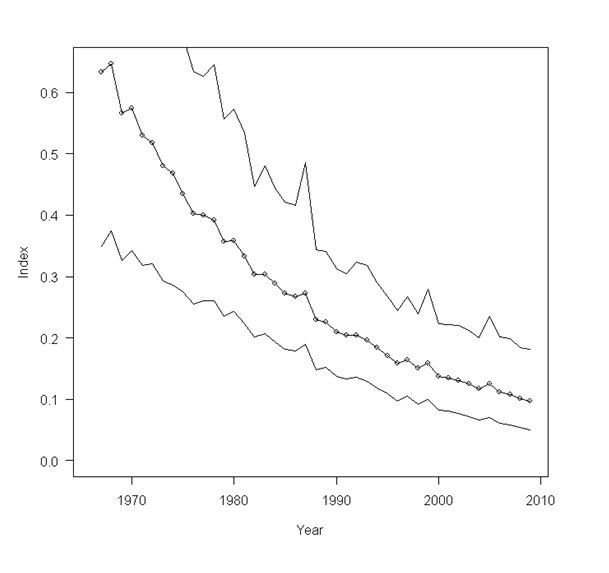
- #8 – Jaegers: Jaegers are predatory seabirds related to gulls and terns. They usually stick to their northerly breeding grounds and open ocean. Like most migratory species, a few will stray. The last year was a great jaeger year because two birds were recorded, a Long-tailed Jaeger at Capitol Beach in Lincoln and a Pomarine Jaeger in Dawes County. The Pomarine Jaeger was noteworthy because it was discovered in a backyard. The Long-tailed Jaeger was notable because it was observed over several days, allowing many birders to finally tick this bird off their Nebraska list.
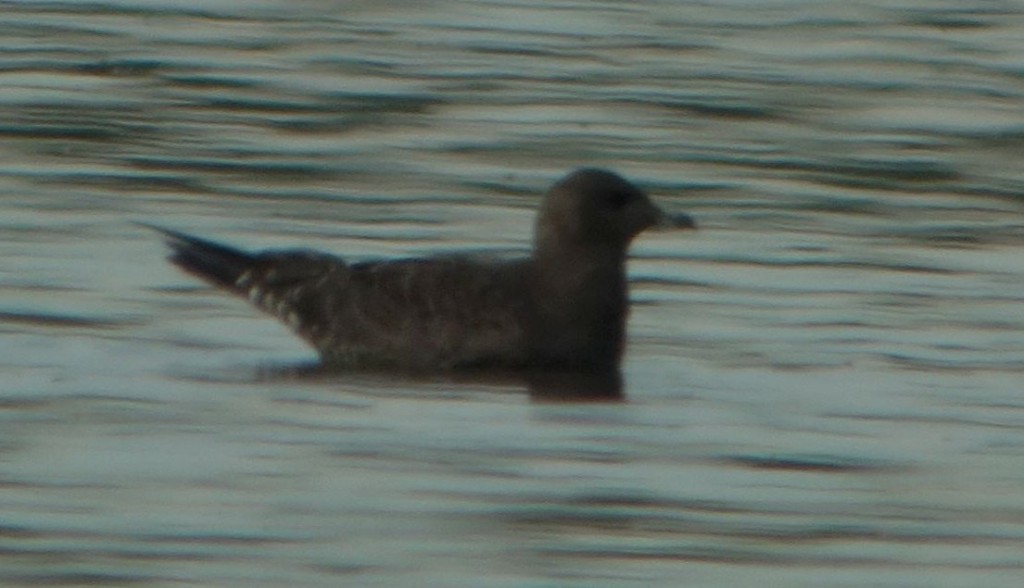
- #7 – Rufous Hummingbirds in the east: Rufous Hummingbirds had a banner showing in eastern Nebraska this fall. In past years a single Rufous in the east would have been good, this year there were at least five. Adult males were observed in Omaha and Lincoln (2) and female/immature type birds were observed in Garrison and Lincoln. We better get used to this trend.

- #6 – Ospreys at Summit: Over the last several years Ospreys have nested in western Nebraska. This past summer, an Osprey pair was observed, first by Scott Schmidt, building a nest, or at least practicing nest construction, at Summit Lake in Burt County. As with other nesting attempts, the Ospreys used human infrastructure, in this case it was a cell phone tower. Hopefully, this pair returns in 2014 and breeds.
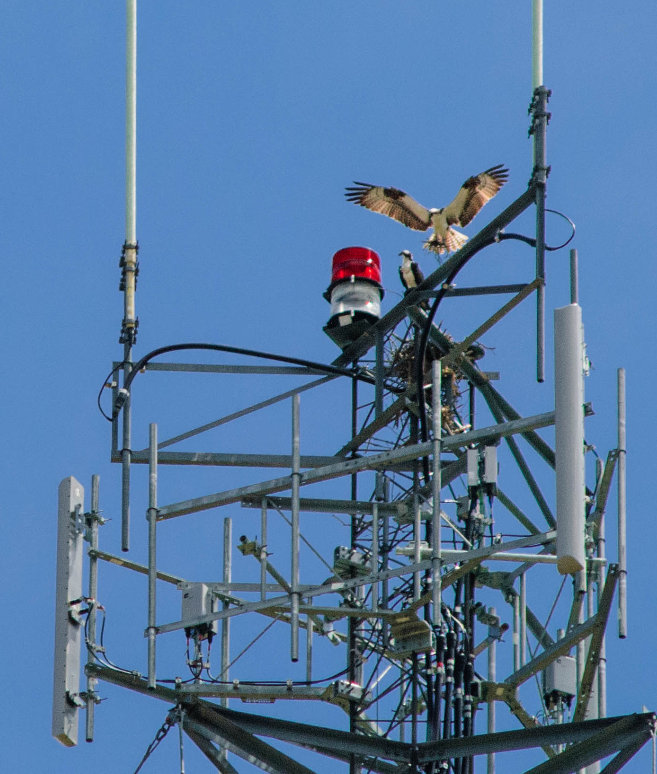
- #5 – Pileated Woodpecker breakout: A little over ten years ago Pileated Woodpeckers recolonized the state. During that period they were primarily restricted to two large woodland reserves, Fontenelle Forest and Indian Cave State Park. In 2013, there were multiple reports of Pileated Woodpeckers in other areas. It appears this spectacular species is breaking out and colonizing the small number of seemingly suitable patches of habitat. At the end of last year, Pileated Woodpeckers were reported on the DeSoto Christmas Bird Count, much of which is in Washington County. In January, they were reported at Dodge Park, Douglas County. In April came a report from along the Missouri River in Thurston County. In May, a lone bird was found at Flathead Wildlife Management Area along the Little Blue River in Jefferson County. There have also been recent reports along the Big Blue River near Beatrice. In just the past few days a whopping five were reported from the 2013 DeSoto Christmas Bird Count (wow!).
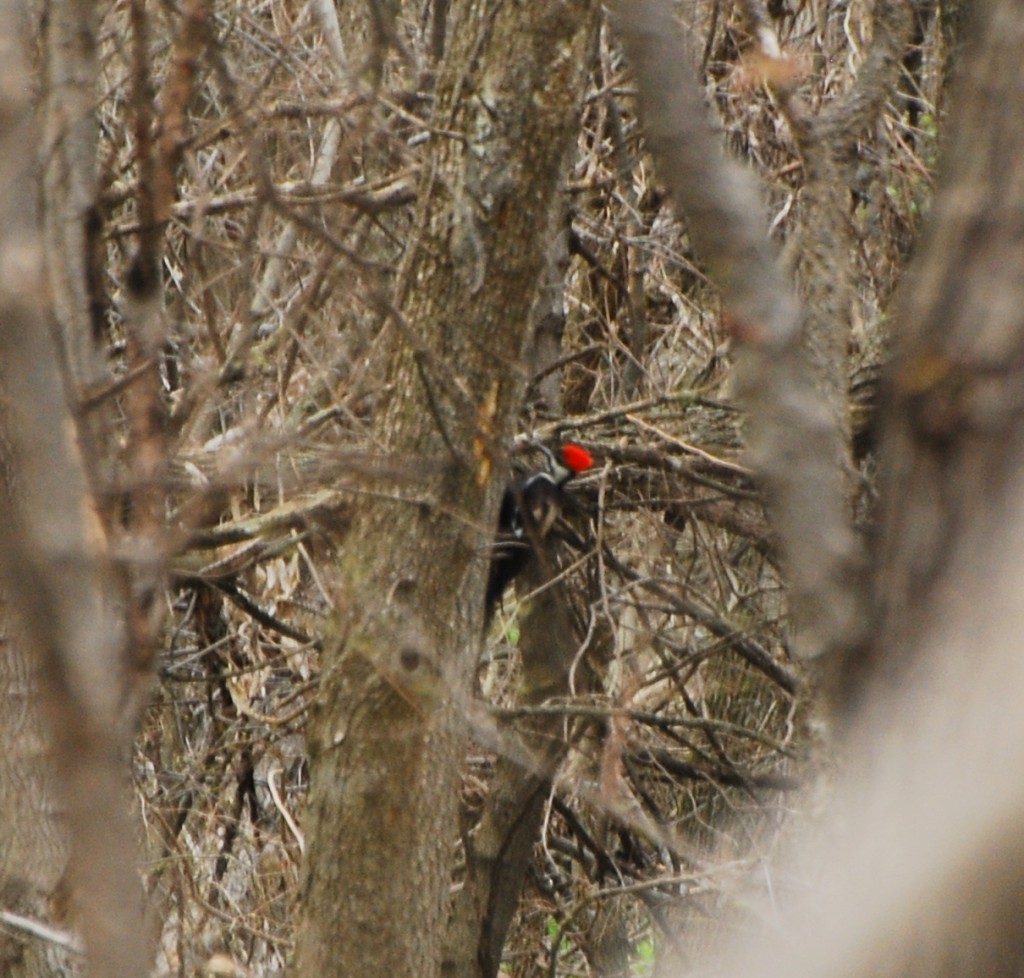
- #4 – Redpoll irruption: The winter of 2012-2013 was an exceptional redpoll winter, the best in two decades. Redpolls are small finches that breed in the far north. There are two North American species, the Common and the Hoary. Common Redpolls are far more likely to venture south, but even that species has been scarce in recent winters. Hundreds were observed in Nebraska during the the winter of 2012-2103. If large numbers of Common Redpolls were not enough, a few Hoary Redpolls were documented and will add to the small number of Nebraska records.
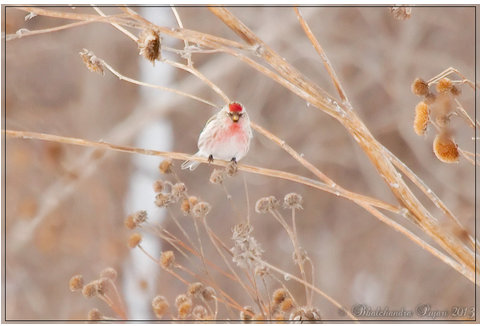
- #3 – Costa’s Hummingbird: In early September an unusual hummingbird showed up at the Belsan feeder near Lake McConaughy. Photos were posted on NEbirds, debate commenced, and birder’s converged. Long story short, the bird was identified as a Costa’s Hummingbirds, a bird of the Southwest U.S. The Costa’s remained until late October and will be the second Nebraska record. Video of the little beauty, whose identity is no longer debated, is below.
- #2 – Hooded Oriole: Some species are expected to be added to the state bird list, others are not expected. I had not considered Hooded Oriole a candidate to visit Nebraska until 27 May 2013. That was the day the news broke that a Hooded Oriole, a species of the Southwest U.S., was coming to the Daro feeder in Garrison, Butler County. Luckily, the bird was cooperative and many birders got to see this gem thanks to the Daro’s generosity. This is a positive outcome because Hooded Oriole is one species I do not expect to be seen in the state during my remaining days. Below is video of this bird at his favorite feeder
- #1 – Paul Dunbar’s Nebraska Big Year: A big year is an individual’s attempt to see as many bird species as possible over a finite geographic area in a year (yup, there is a movie). Thus, the header says it all, this was the year of Dunbar in these thar borders. Prior to 2013, the Nebraska big year record was 331 species seen by John Sullivan in 1998. An run at this record would require a great deal of effort, commitment, and a lot of driving. Nebraska is a diverse state and “ticking” all the species that regularly occur here requires traveling to the far ends. Adding rarities that can pop in anywhere requires more time and driving. Paul destroyed the old record. The latest reports have his list at 346, which is an imposing tally for any individual considering to break the Nebraska big year record in the future and that is why it tops my list.

That is my list and it is easy to pick it apart because so much has happened in 2013. See you again, next year.
 Nebraskaland Magazine
Nebraskaland Magazine




